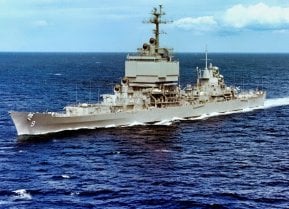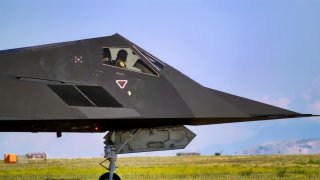The U.S. Air Force Isn't Ready to Fully Retire the F-117A Nighthawk
The F-117A Nighthawk, America's first stealth aircraft, marked a revolution in aerial warfare with its unique design and capability to evade radar detection, enabling deep penetration into enemy territory.
Summary: The F-117A Nighthawk, America's first stealth aircraft, marked a revolution in aerial warfare with its unique design and capability to evade radar detection, enabling deep penetration into enemy territory. Despite its historical combat successes, including in Desert Storm and Operation Iraqi Freedom, the Nighthawk's mystique was challenged when one was shot down by Serbian forces in 1999, sparking conspiracy theories about stealth technology espionage. Officially retired a decade later, the Air Force plans to maintain the Nighthawk until 2034, indicating its continued value for training and possibly more. This persistence underscores the enduring significance of stealth technology in modern warfare and raises questions about the advancement of secretive military programs.
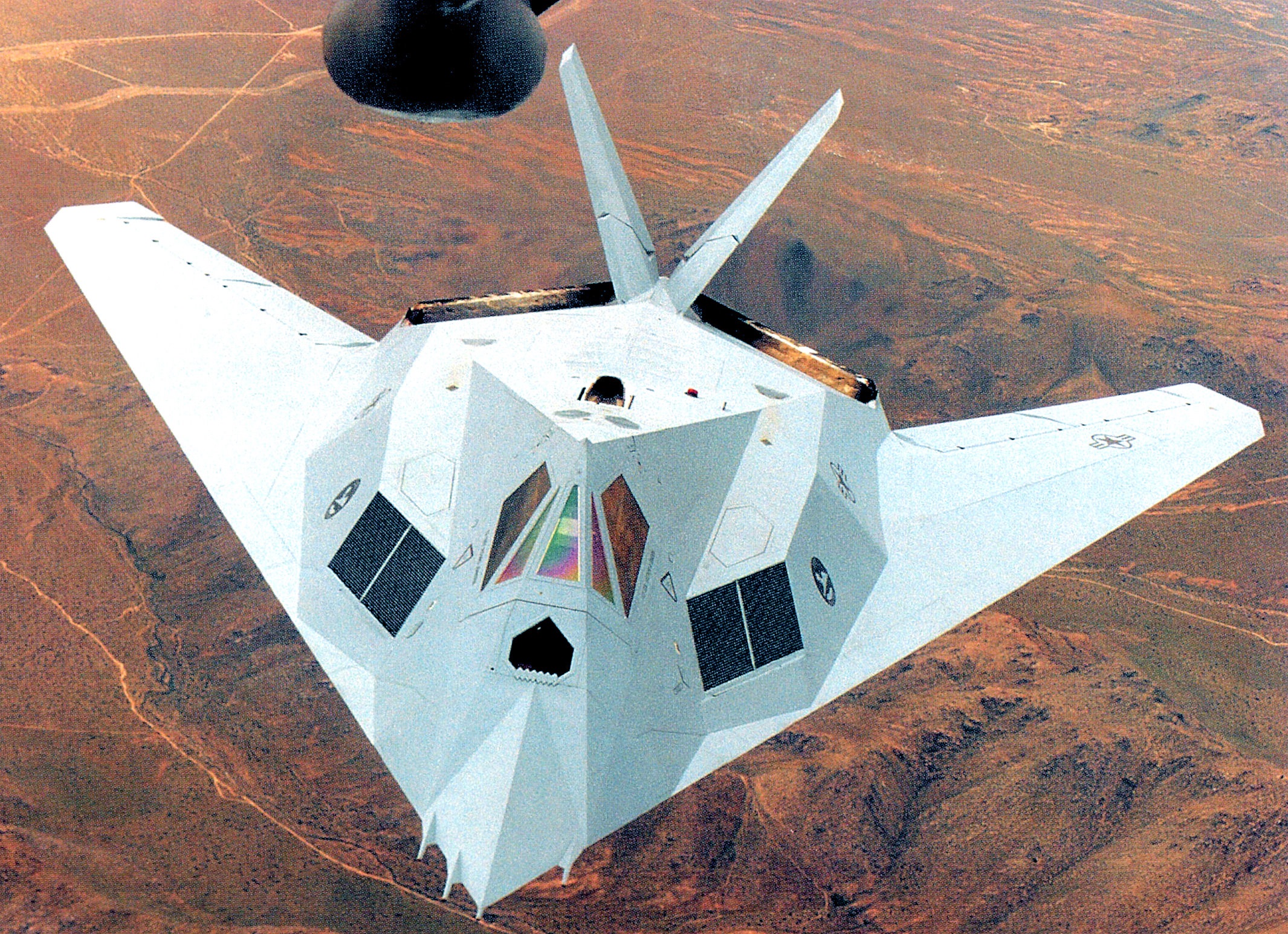
From Desert Storm to Semi-Retirement: The Journey of the F-117A Nighthawk
There’s no more iconic image that defines America’s love of stealth planes than the F-117A Nighthawk. A unique delta design, all-black aircraft, its surface and shape making it look more like an alien spacecraft than a US military bird (indeed, many civilians who saw test flights of the F-117 believed it was an alien ship), the aircraft was designed to be invisible to radar. That invisibility allowed for the plane to fly deeper into enemy territory and to engage more sensitive targets with a reduced chance that the plane—and pilot—would be lost to enemy antiaircraft defense systems.
Having first made its combat debut during Desert Storm, the F-117 cut through the layered air defenses of Saddam Hussein’s Iraq with ease. Again, these stealthy warbirds were deployed in the various fights the US engaged in over the Balkans.
The Shootdown of the F-117A & Subsequent Conspiracy Theories
Although, in that campaign, a F-117A Nighthawk made a bit of inauspicious history: it was shot down by relatively obsolete Soviet-era air defenses controlled by Serbian forces. Much of the details of the shootdown in 1999 remain classified but it was a major blow to the stealth program.
Pieces of the wreckage of the downed F-117A Nighthawk were put on display as war booty in a Serbian Air War museum. There were fears that the Serbs who had captured the wreckage had given it over to their Russian benefactors. In fact, a fun conspiracy theory (that is not entirely implausible, given what’s going on today) has been floating around on the internet for decades about the true nature of the infamous NATO bombing of the Chinese embassy in Belgrade during its air war with Serbia in 1999.
The way the theory goes is that key pieces of that downed F-117A Nighthawk were taken by the Serbs and handed over to the Chinese embassy, where the Chinese were planning to offload that wreckage to their countrymen.
To prevent the transfer back to China, NATO forces dropped five laser-guided munitions on the embassy, killing multiple Chinese nationals and creating a massive controversy that still rankles Chinese leaders today. We’ll likely never know the truth about this conspiracy, but it does indicate how important the F-117A was—and how powerful the myth of the US military’s stealth technology truly is.
For its part, both the US government and NATO have denied Chinese accusations. But we know today how valuable US stealth tech is to Chinese engineers. After all, it’s believed that part of the downed stealth helicopter that crashed during the Bin Laden raid in Abbottabad, Pakistan, was handed over by Pakistani authorities to China’s military for study.
Similarly, the Chinese conducted devastating cyberattacks against the Pentagon’s computer networks in the 2000s to gain access to the classified schematics of the F-35 Lightning II stealth fighter.
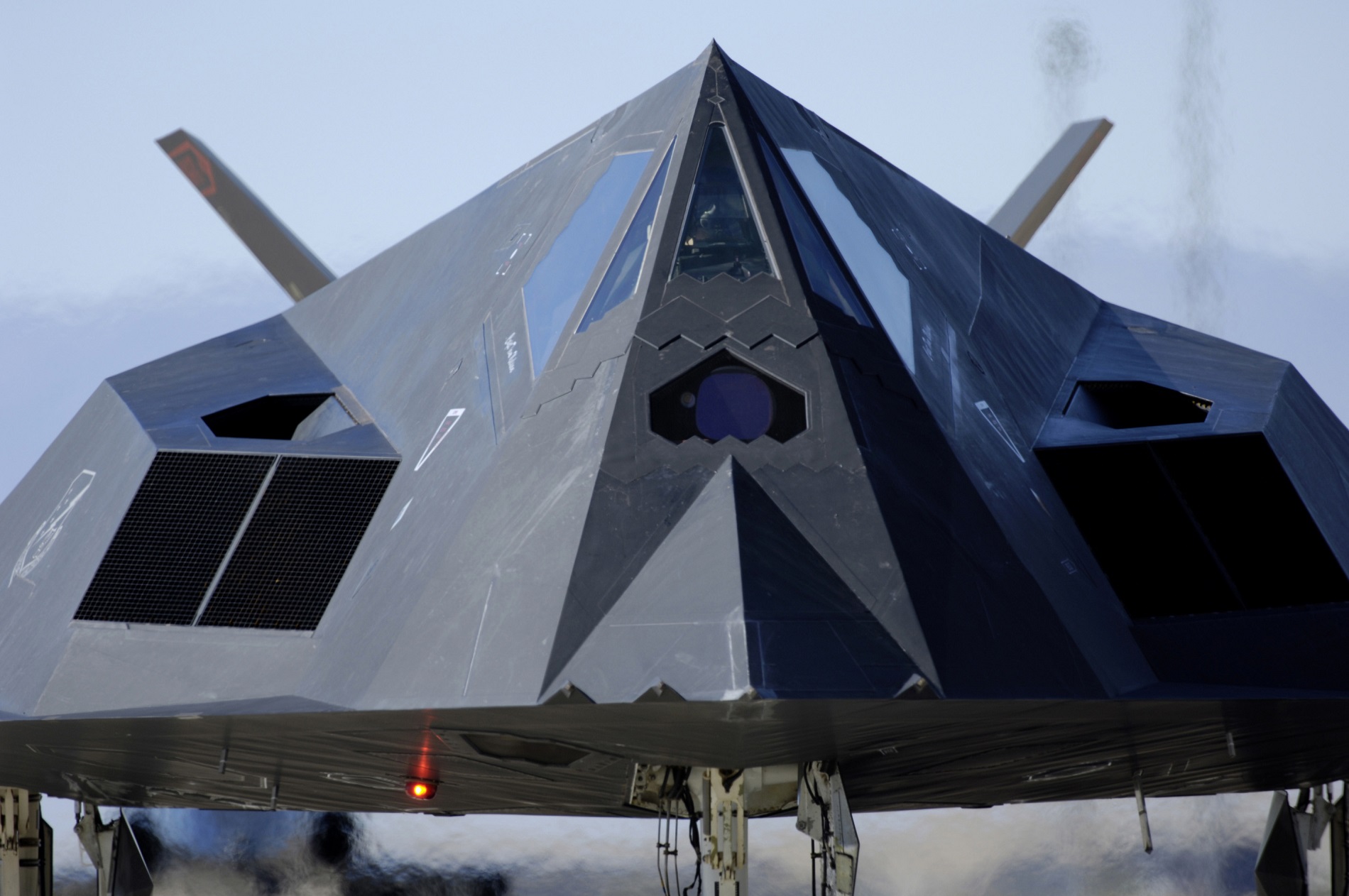
A History of Covert Success
The Nighthawk was again deployed against Saddam Hussein, this time during Operation Iraqi Freedom. The bird was sent on a kill mission on the eve of the start of hostilities. The target was Saddam Hussein. President George W. Bush had been given intelligence from the CIA that the leader of Iraq may have been at a farm shortly before the war was set to begin. Bush reasoned that if they could take Saddam out, the war would be much easier than if Saddam lived.
The F-117A was the perfect plane to drop the bombs over the suspected location of Saddam Hussein.
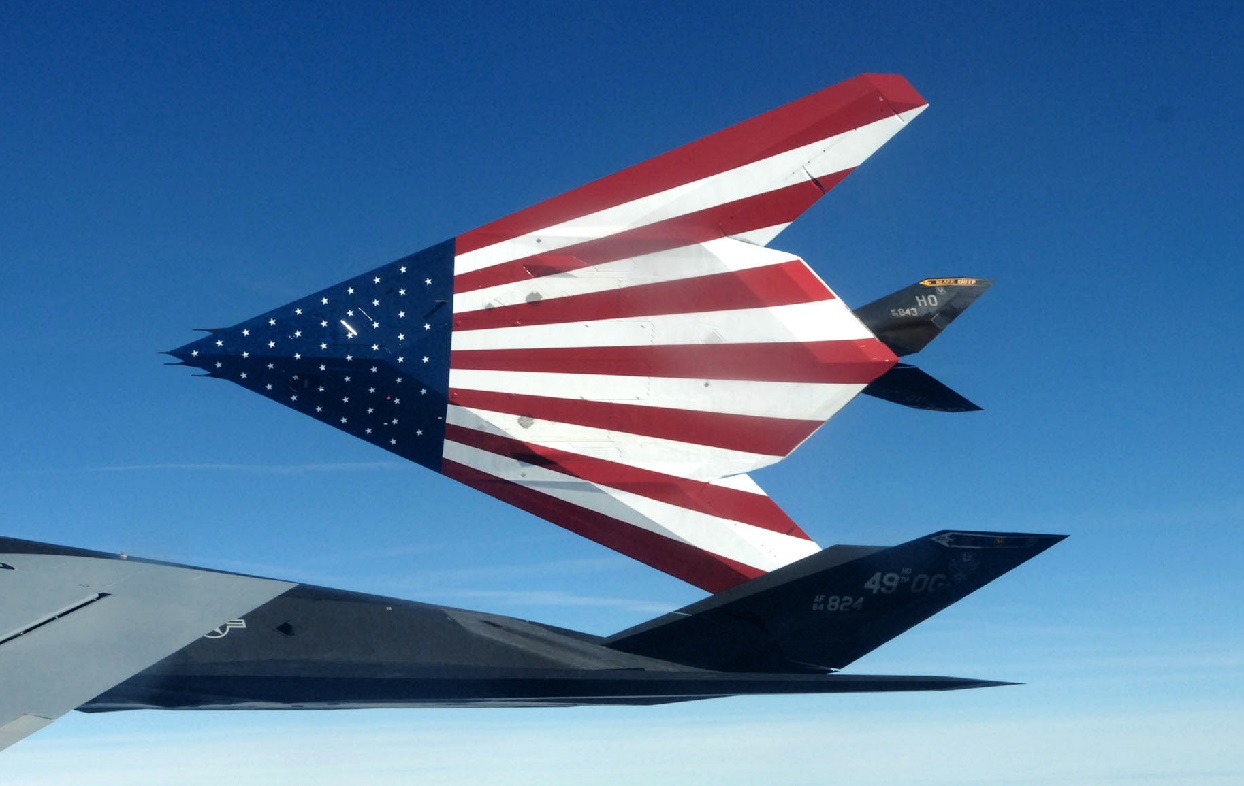
Unfortunately for everyone, the intelligence was flawed. The mission was a success but the target wasn’t there. Still, it indicated how important the F-117 Nighthawk was for the US military. These planes have been used in countless classified ways over its lifespan. It’s also important to note that the F-117 Nighthawk, while it was first unveiled in October 1983, is actually based on technology from 1977.
And the public wasn’t really made aware of the plane until the late 1980s and early 1990s, especially in 1991 when it was deployed in Desert Storm. So, it begs the question as to just how advanced the Skunkworks-type programs in the US military today really are, if things the F-117 are already considered outdated and they were farther ahead of any other technology at the time of their unveiling (and, in many cases, remain ahead of the curve today).
The F-117A Nighthawk is Only Semi-Retired
A decade after the shootdown, the F-117A Nighthawk was officially retired. Yet, in 2020, the US Air Force leadership put in a budget request to effectively maintain the birds until 2034. Sure, they’ve not officially been deployed in combat since 2008.
But it is important to understand that if the planes were truly decommissioned, their maintenance infrastructure would have been disbanded. Instead, the Air Force is fighting hard to ensure that the planes are maintained for another decade. In fact, a recent report has been circulating that the Air Force is making the F-117A compatible with its newest refueling tanker, the KC-46.
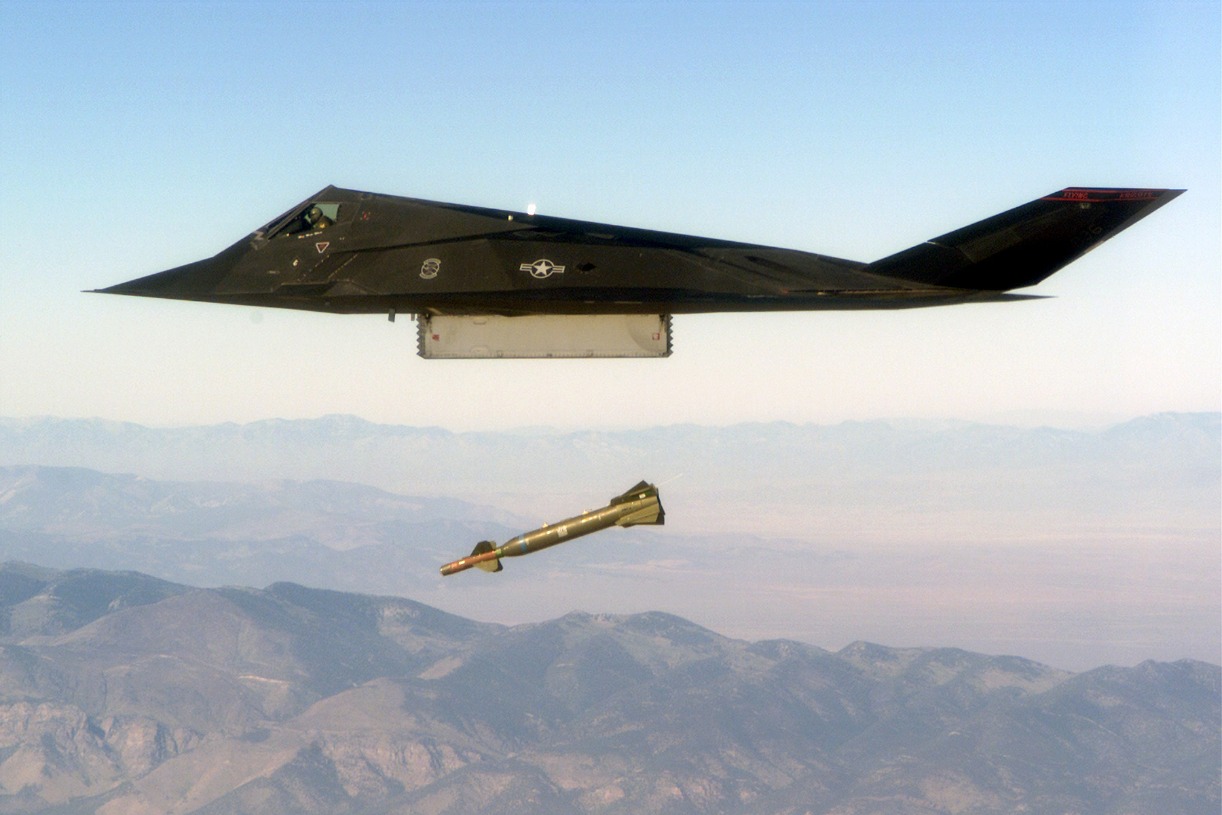
The F-117A Nighthawk’s stealth tech might be obsolete next to that stealth technology employed by the F-22A Raptor or the F-35 Lightning II. But that doesn’t mean that these birds are antiquated compared to other warplanes out there. What’s more, and this is where the Air Force’s thinking on the matter is headed, the F-117A would make a great training plane for pilots who are going to be piloting the most advanced stealth planes that the Air Force can field.
About the Author
Brandon J. Weichert is a former Congressional staffer and geopolitical analyst who is a contributor at The Washington Times, as well as at American Greatness and the Asia Times. He is the author of Winning Space: How America Remains a Superpower (Republic Book Publishers), Biohacked: China’s Race to Control Life, and The Shadow War: Iran’s Quest for Supremacy. Weichert can be followed via Twitter @WeTheBrandon.
Main Image is from Shutterstock. All others are Creative Commons.
